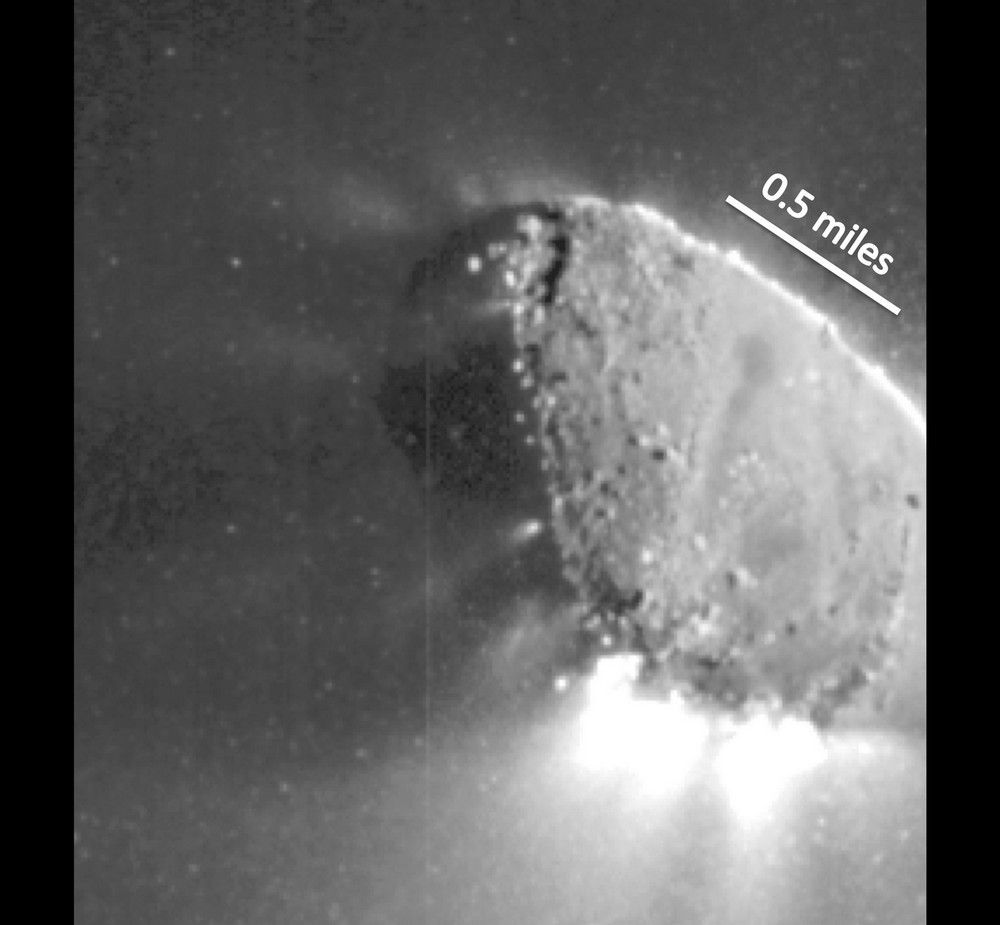-
 Myeloid
Myeloid
-
 Injection
Injection
-
 H.262
H.262
-
 Polyamide
Polyamide
-
 Coordination bond
Coordination bond
-
 Pellet
Pellet
-
 Enomoto
Enomoto
-
 Amine acid group
Amine acid group
-
 Parabens
Parabens
-
 Debye force
Debye force
-
 Granite
Granite
-
 Vesta
Vesta
-
 LBCO
LBCO
-
 Therophyte
Therophyte
-
 Caenorhabditis elegans
Caenorhabditis elegans
-
 Tannification
Tannification
-
 Rate-limiting enzyme
Rate-limiting enzyme
-
 Andesite
Andesite
-
 Xenotransplant
Xenotransplant
-
 PP Live
PP Live
-
 Colloidal aggregate
Colloidal aggregate
-
 Balm
Balm
-
 Large Canary Island Telescope
Large Canary Island Telescope
-
 Kipunji
Kipunji
-
 Chondroma
Chondroma
-
 Gastropod
Gastropod
-
 The Nile
The Nile
-
 Virtual reality
Virtual reality
-
 Anode
Anode
-
 Sensitive Natural Space
Sensitive Natural Space
Hartley 2 comet
In 1986, the year of the grand return of Halley's comet, the British astronomer Malcolm Hartley who was working at the Anglo-Australian observatory at Siding Spring discovered 103P/Hartley (Hartley 2), one of eight comets he discovered. It is a periodic comet that returns on average every six years.
2010, the latest passage of the comet
It returned close to the Earth (18 million kilometres) in the autumn of 2010. Under the action of the Sun, the comet outgassed mainly cyanogen, giving it a beautiful green colour. It was monitored by astronomers throughout October, and turned out to be very active: while its nucleus only measures 2 kilometres, its coma (or "hair", the nebulous envelope around the nucleus) extended to 150,000 kilometres, the diameter of Jupiter.
On 4 November, Hartley 2 was flown over by a probe at a distance of 700 kilometres. This was Epoxi (for Extrasolar Planet Observation and Deep Impact Extended Investigation), a mission for the re-use of the Deep Impact probe which, five years earlier, had encountered another hirsute comet, Tempel 1. In September, Epoxi recorded an unexpected burst, with the cyanogen production rate suddenly multiplied by five before returning to its normal level a week later. The probe also measured the comet's period of rotation which was of the order of 18 hours.
The Epoxi mission investigations continued until the fly-over on 4 November, when it photographed the comet's surface and measured the high level of carbon dioxide jets which contain grains of dust from the surface, which are then found in the comet's nebulous envelope and tail.
 This high resolution image taken on 4 November by the Epoxi probe shows the distribution of jets on the Hartley 2 comet. © NASA/JPL-Caltech/UMD
This high resolution image taken on 4 November by the Epoxi probe shows the distribution of jets on the Hartley 2 comet. © NASA/JPL-Caltech/UMD
Latest
Fill out my online form.



